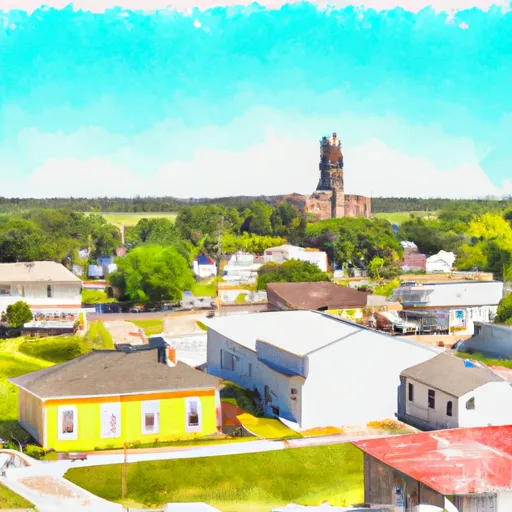°F
°F
mph
Windspeed
%
Humidity











Kesley, Iowa is a small town located in Butler County, in the northeastern part of the state. The climate in Kesley is classified as a humid continental climate, characterized by hot summers and cold winters. Average temperatures range from around 22°F (-5.6°C) in January to 84°F (29°C) in July. The area experiences moderate precipitation throughout the year, with an annual average of 35 inches (89 cm) of rainfall.
Hydrology constituents in Kesley are primarily influenced by the nearby West Fork Cedar River, which flows through Butler County. The river provides a water source for the town and supports various recreational activities like fishing and boating. The river also contributes to the region's diverse wildlife and supports the growth of aquatic vegetation.
Outdoor recreation opportunities in Kesley include fishing, with species such as bass, catfish, and walleye available in the West Fork Cedar River. The town is surrounded by picturesque countryside, providing opportunities for hiking, biking, and wildlife observation. Additionally, nearby parks offer facilities for picnicking and camping, allowing visitors to enjoy the natural beauty of the area. Kesley, Iowa offers a tranquil rural environment for outdoor enthusiasts to explore and appreciate the natural surroundings.
Weather Forecast
Kesley receives approximately 889mm of rain per year, with humidity levels near 83% and air temperatures averaging around 9°C. Kesley has a plant hardyness factor of 5, meaning plants and agriculture in this region thrive during a short period during spring and early summer. Most plants will die off during the colder winter months.
Regional Streamflow Levels
8
Cubic Feet Per Second
4
Cubic Feet Per Second
10
Cubic Feet Per Second
63
Cubic Feet Per Second
Nearby Camping
| Camping Area | Reservations | Toilets | Showers |
|---|---|---|---|
| Pilot Grove City Park | |||
| Salisbury City Park | |||
| Unionville City RV Park | |||
| Brookfield City Park | |||
| Arrow Rock State Park | |||
| Stump Island Park |



